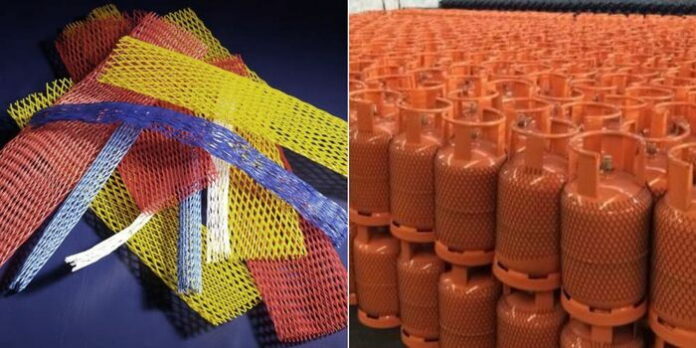Ever wondered why gas cylinders are usually covered with nets during distribution? While some distributors ferry the cylinders uncovered, the nets play a crucial role in the safety of the highly explosive substance.
According to various media reports, one of the primary functions of the net is to maintain stability during transportation and storage.
It is important to note that gas cylinders are pressurized containers, and any sudden movement or impact can lead to accidents, leakage, or even explosions.
The net serves as a cushion absorbing shocks and preventing direct contact between the cylinder and potentially hazardous surfaces.
In addition, the protection net, made of strong threads and plastic material, has a construction that is resistant to all weather and environmental conditions.
This cushions the cylinder from physical damage, maintaining the structural integrity of the cylinder and thereby shielding it from leaks and ruptures.
India’s Adani Airports goes after 30 acres of land near JKIA
Furthermore, the nets which come in in red, black, white, blue, and yellow colours to match the colour of the tube, are made from non-corrosive materials that act as a barrier, shielding the cylinder from moisture and other corrosive elements.
The weight of this net per yard can range from 25g to 200g. It allows the tubes to breathe thanks to its pores of 10 x 20 mm and 15 x 25 mm.
The Energy, Petroleum, and Regulatory Authority (EPRA) directs that all gas cylinders be properly secured at all times to prevent tipping, falling, or rolling.
The regulator further directs gas companies to transport the cylinders using hand trucks designed for that purpose.
The cylinders should be stored in a cool, dry, well-ventilated, fire-resistant area that meets all regulations.
For the empty cylinders, the valve should be closed, the regulator removed and the valve protector cap secured in place.
EPRA warns users against using a flame to detect a gas leak; instead, they should use soapy water.








